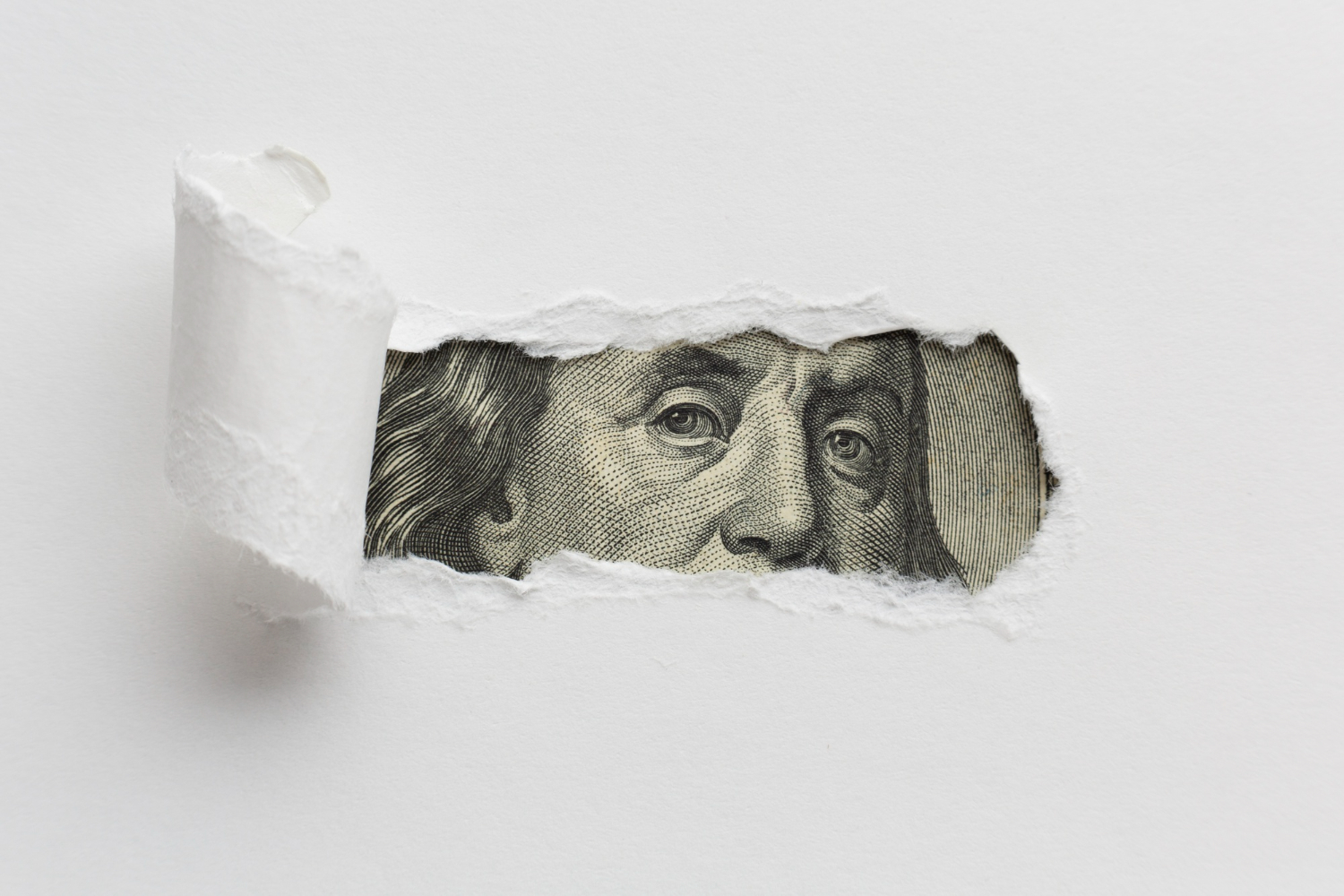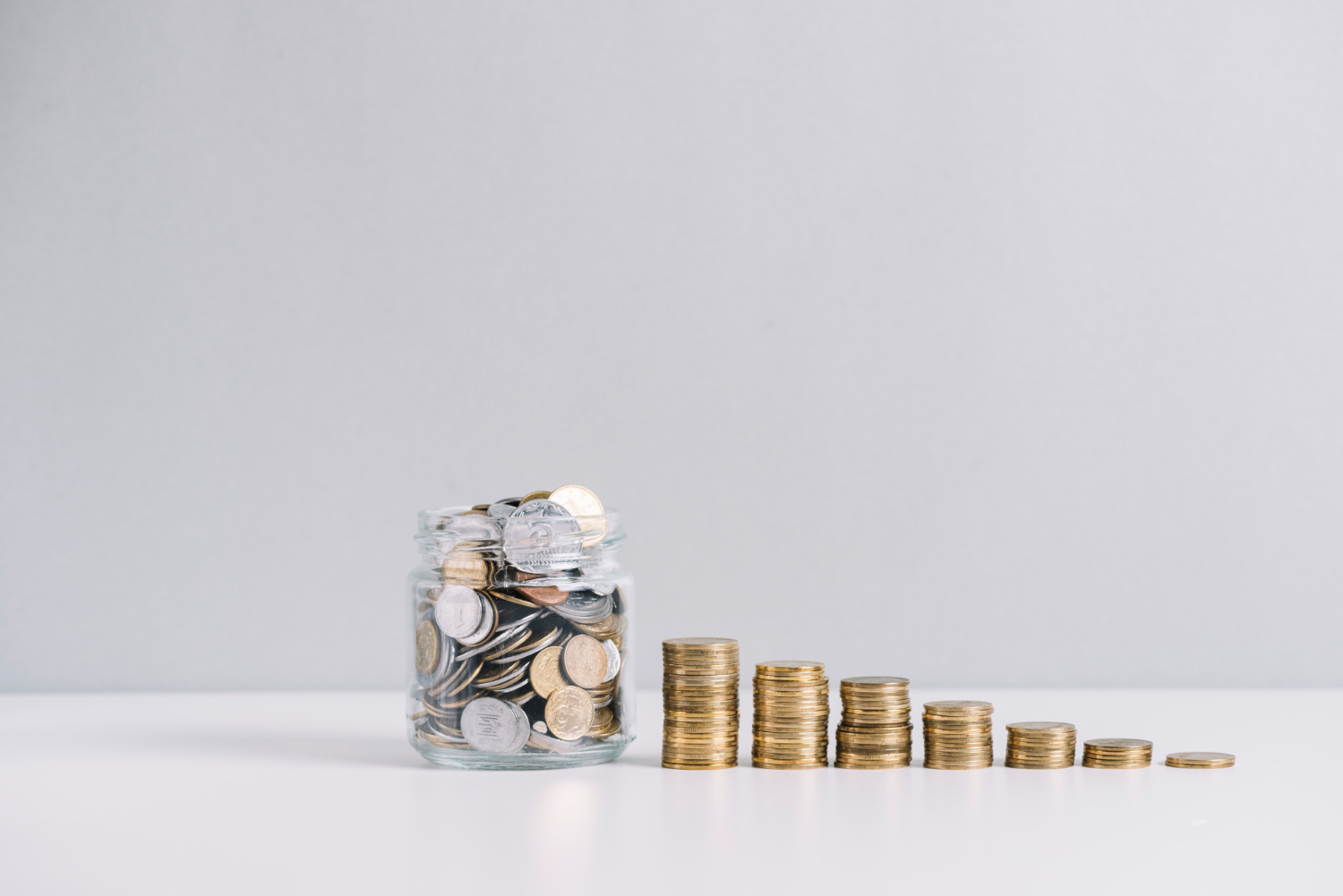
Money is an essential tool for transactions and the exchange of goods and services in an economy. It has been used for centuries to represent value and has evolved over time to meet the changing needs of society. This article will discuss the properties, types, and uses of money.
Properties of Money
For something to be considered money, it must have certain properties. The following are the main properties of money:
- Durability: Money should be durable and long-lasting. It should be able to withstand wear and tear from frequent use.
- Portability: Money should be easy to carry and transport. It should not be too heavy or bulky.
- Divisibility: Money should be divisible into smaller units, which can be used for smaller transactions.
- Uniformity: All units of money should be identical in terms of size, weight, and design. This makes it easy to recognize and authenticate.
- Limited Supply: Money should have a limited supply. If there is too much of it, it loses its value.
Types of Money
There are different types of money used in different parts of the world. The following are the main types of money:
- Commodity Money: Commodity money is money that has intrinsic value, such as gold, silver, or other precious metals. The value of commodity money is based on its weight and purity.
- Fiat Money: Fiat money is money that has no intrinsic value but is declared legal tender by a government. The value of fiat money is based on the faith and credit of the issuing government.
- Digital Money: Digital money is money that exists only in electronic form. It is used for online transactions and can be transferred between accounts without the need for physical currency.
- Cryptocurrencies: Cryptocurrencies are digital currencies that use cryptography to secure transactions and control the creation of new units. They are decentralized and not controlled by any government or financial institution.
Uses of Money
Money is used for a variety of purposes in an economy. The following are the main uses of money:
- Medium of Exchange: Money is used as a medium of exchange to facilitate transactions. It allows people to buy and sell goods and services without the need for barter.
- Unit of Account: Money is used as a unit of account to measure the value of goods and services. It provides a common standard for pricing.
- Store of Value: Money is used as a store of value to save for future purchases. It allows people to defer consumption and invest in assets that will retain their value over time.
- Standard of Deferred Payment: Money is used as a standard of deferred payment to settle debts and obligations in the future. It allows people to borrow and lend money over long periods of time.
Top 25 Economies in the World
Now that we have discussed the properties, types, and uses of money, it is important to understand the top 25 economies in the world. The following are the top 25 economies in the world based on their gross domestic product (GDP) in 2021:
- United States
- China
- Japan
- Germany
- United Kingdom
- India
- France
- Italy
- Brazil
- Canada
- South Korea
- Australia
- Spain
- Mexico
- Indonesia
- Netherlands
- Turkey
- Switzerland
- Saudi Arabia
- Taiwan
- Poland
- Sweden
- Belgium
- Thailand
- Iran
It is worth noting that the top economies in the world are dominated by developed countries. These economies have stable political systems, advanced technological infrastructure, and diversified economies.


